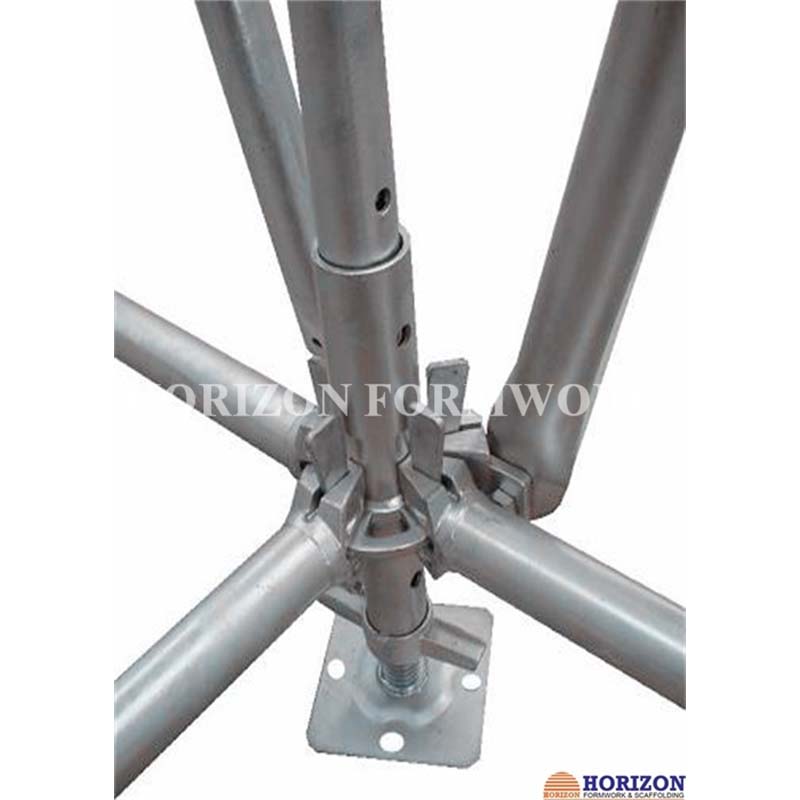Nov . 30, 2024 08:02 Back to list
Shuttering Solutions for Concrete Manufacturers and Construction Industry Needs
Building Shuttering for Concrete Manufacturing An Essential Guide
In the world of construction, the term shuttering refers to the temporary formwork used to shape and support concrete until it hardens and gains sufficient strength. This process is critical in concrete manufacturing, where precision and durability are paramount. This article explores the various aspects of building shuttering for concrete, focusing on its types, materials, applications, and the best practices to adopt.
Understanding Shuttering
Shuttering, often referred to as formwork, serves as the mold into which wet concrete is poured. It plays a crucial role in ensuring that the final structural form meets design specifications. Depending on the project requirements, shuttering can take many shapes and sizes—ranging from walls and columns to slabs and foundations.
Types of Shuttering
1. Timber Shuttering Traditionally made from plywood or timber, this type of shuttering is easy to handle and can be cut to size on-site. However, timber is less durable than other materials and may warp or swell when exposed to moisture, leading to potential inaccuracies in the final concrete structure.
2. Metal Shuttering Typically constructed from steel or aluminum, metal shuttering offers greater durability and strength compared to timber. It is reusable, making it a cost-effective option for large-scale projects. Metal shuttering is often used in high-rise buildings and infrastructure projects due to its ability to withstand high pressure from poured concrete.
3. Plastic Shuttering Lightweight and easy to assemble, plastic shuttering has gained popularity due to its water-resistant properties and reduced need for maintenance. It is often used for smaller projects or in areas where moisture exposure is a concern.
4. Modular Shuttering This type consists of pre-fabricated panels that can be assembled quickly and efficiently, reducing construction time. Modular systems are particularly useful for repetitive structures like high-rise buildings and industrial projects.
Choosing the Right Materials
Selecting the appropriate materials for shuttering is critical for the long-term durability of the concrete structure
. Key considerations include- Strength The material must be able to withstand the pressure of wet concrete during the pouring process without deforming. - Durability Ideally, the shuttering should be reusable multiple times to minimize waste and reduce costs. - Surface Finish The surface of the shuttering should contribute to achieving smooth concrete finishes, which can reduce the need for extensive finishing work afterwards.
building shuttering for concrete manufacturer

Applications of Shuttering
Shuttering is widely used in various concrete applications, including
- Residential Buildings Formwork is essential in creating walls, roofs, and foundations. - Commercial Structures Large commercial buildings often require complex shuttering systems to accommodate unique architectural designs. - Infrastructure Projects Roads, bridges, and tunnels all utilize shuttering to achieve specific structural forms and support. - Precast Concrete Products Shuttering is integral in the creation of precast elements such as beams, posts, and panels.
Best Practices for Building Shuttering
1. Design Considerations Prior to construction, it's vital to review the design thoroughly to determine the dimensions, load requirements, and specific reinforcement needs.
2. Proper Assembly Follow manufacturer guidelines and best practices when assembling shuttering to ensure it can withstand the weight of the concrete. Any misalignment can lead to structural defects.
3. Sealing and Bracing Ensure that all joints are sealed to prevent leaks and that the shuttering is adequately braced to withstand lateral pressures from the concrete.
4. Inspection Before pouring concrete, conduct a thorough inspection of the shuttering to identify any potential issues that could compromise the structure's integrity.
5. Safety Measures Always adhere to safety protocols to protect workers involved in the shuttering and pouring process, reducing the risk of accidents on-site.
Conclusion
Building shuttering for concrete manufacturing is a fundamental aspect of the construction industry that directly influences the quality, appearance, and durability of concrete structures. By understanding the types of shuttering available, selecting suitable materials, and implementing best practices during assembly and use, builders can ensure that their concrete projects are completed efficiently and effectively. Emphasizing the importance of careful planning and execution will pave the way for resilient and aesthetically pleasing structures, ultimately contributing to sustainable development in the built environment.
-
High-Quality U Head Jack Scaffolding – Reliable Scaffolding Jack Head Manufacturer & Factory
NewsJul.08,2025
-
High-Quality I Beam H20 Leading Timber Beam H20 Material Factory, Exporters & Manufacturers
NewsJul.08,2025
-
High-Quality Powder Coating Steel Formwork - Durable & Corrosion Resistant Solutions
NewsJul.07,2025
-
Inclined Column Formwork Supplier – Durable & Precise Solutions for Unique Structures
NewsJul.07,2025
-
High-Quality Water Stop Solutions Trusted Water Stop Company & Suppliers
NewsJul.07,2025
-
High-Quality Formwork Material Supplier Reliable Manufacturer & Factory Solutions
NewsJul.06,2025